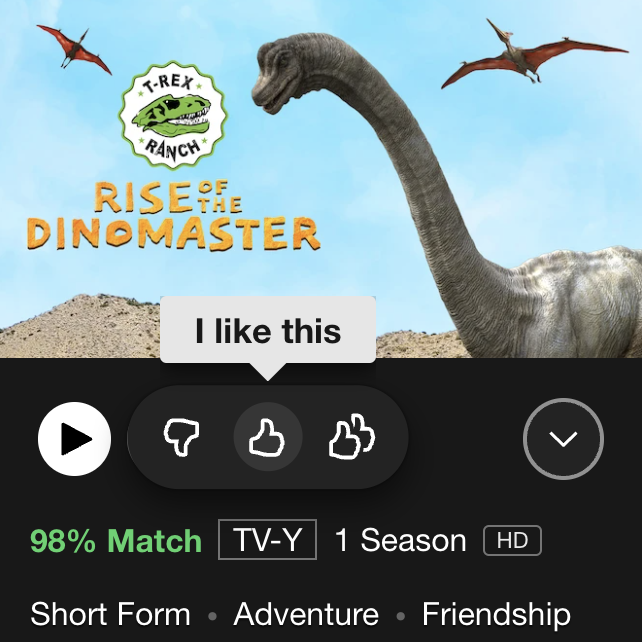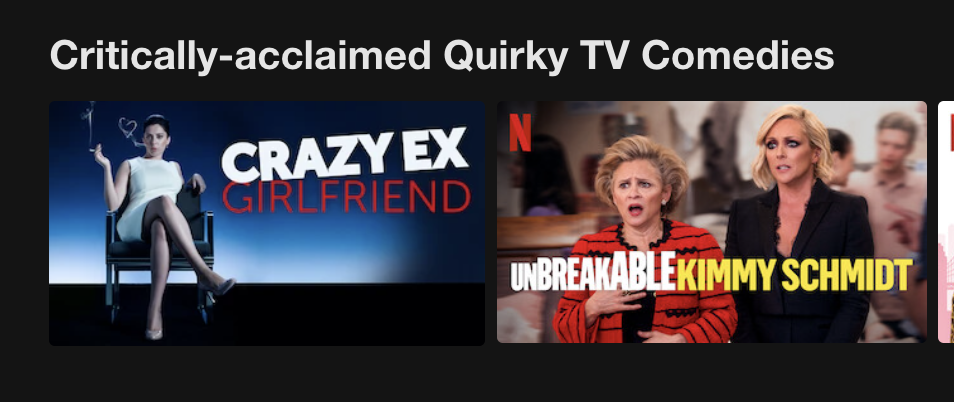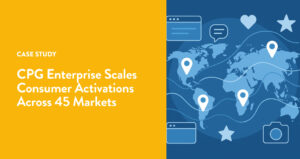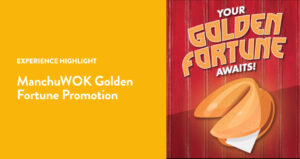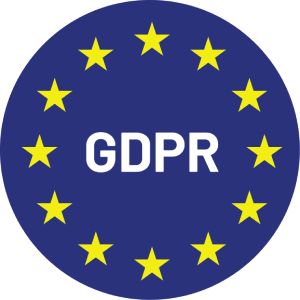Netflix is a famous entertainment pioneer, but most people don’t realize that they are just as much of a pioneer in the way they collect and use customer data. For over 20 years, Netflix has been using first-party (behavioral) and zero-party (voluntarily given) data to build powerful personalization and recommendation algorithms that delight their customers. This blog provides a fascinating, long read of the whole history from the days of mailed DVDs to 2020. It’s amazing how they use personalization not only to improve every individual customer experience, but also to drive the content they create.
The payoff of the story is simple and powerful: Netflix’s recommendation engine now produces 80% of what users watch, as compared to less than 10% in the beginning. With over 200 million subscribers worldwide watching hours of shows per day on multiple devices they have thousands of data points per person, and they use the data perhaps more effectively than any other company. We definitely have a lot to learn from Netflix about how to collect and use customer data. Today’s blog will highlight a couple experiences you have definitely had, but probably not thought twice about.
The Thumbs
So Netflix of course knows that you watched a show, but it’s REALLY important to know if you liked it. Over the years, the way they capture and transform your watch history into your preference history has evolved.
Many of you may remember the five-star rating system. Netflix changed to a thumbs-up and thumbs-down system a few years ago. Now there is a double thumbs-up (“I loved it!”) as well.
This is really good for confirming if something you watched (first-party behavioral data) is actually something you want to fuel future recommendations.
Why I double thumbs-up this idea
It’s so easy to understand! As a user, I get the benefit (better recommendations) and it only takes me a split second to take action. It also improves the green number you see here as the % match (strength of the recommendation).
This idea of transforming first-party data into customer preferences is a really powerful one. According to analysts, the market for AI analysis of customer behavior will be over $100 billion dollars in 2028. That’s a lot of money and time spent guessing what a customer wants based on behavior. Why spend so much money and time on AI guessing what people want, when you could just ask with simple experiences like this?
Every industry can replicate this formula — and some do. You are confirming a preference from a behavior when you mark a product as a “favorite” in retail or “add to a wishlist.” What many companies don’t do is take the attributes of those “loved” or “hated” products and apply them to a customer profile by confirming that they are preferences. Establishing a customer preferences tells you what a customer values and therefore helps you deliver more value that is relevant to that specific person.
My Categories and Lists
One of my favorite things is the category names Netflix gives me. The combination of adjectives just makes me giggle. They’re so specific.
What is even more interesting is how they create these categories. Here’s a guide to every Netflix category code, including how to comb through and find your very specific niche.
Many of the categories are standard, but there are also some created just for you that are based on your data! They have a unique way to collect zero-party data: Netflix looks not just at what you watch, but what you WANT to watch.
When you add something to “My List,” it also adds those attributes to your profile. If you get enough shows added, it presents you with a category. Genius!
Again, this is all about turning first-party browsing behavior into customer preferences.
Conclusion
Customer preferences are attributes that are very difficult, expensive, and risky to infer. Yet preference are easy to obtain by asking in a nice way. When you can ask nicely, quickly, and instantly use those preferences to provide value, spending lots of time and money making inferences doesn’t make a lot of sense. Netflix’s unique combination of data and design skills made them an incredibly successful business because their customer experience is the absolute pinnacle of the industry they created. And they achieved this through a system so clever and well-designed that it seems intuitive and effortless to users.
It’s truly an amazing feat, and I think any company in any industry can learn from how Netflix thinks about the data they need to help users solve problems, and how they can offer value in exchange for that data. “We’ll give you better recommendations to save time picking your next show if you simply give us one or two clicks every day to rate the shows you watched.” It’s as simple as a thumbs up. Or two.
